1. The World’s Longest Venomous Snake (Royalty Needs Space!)
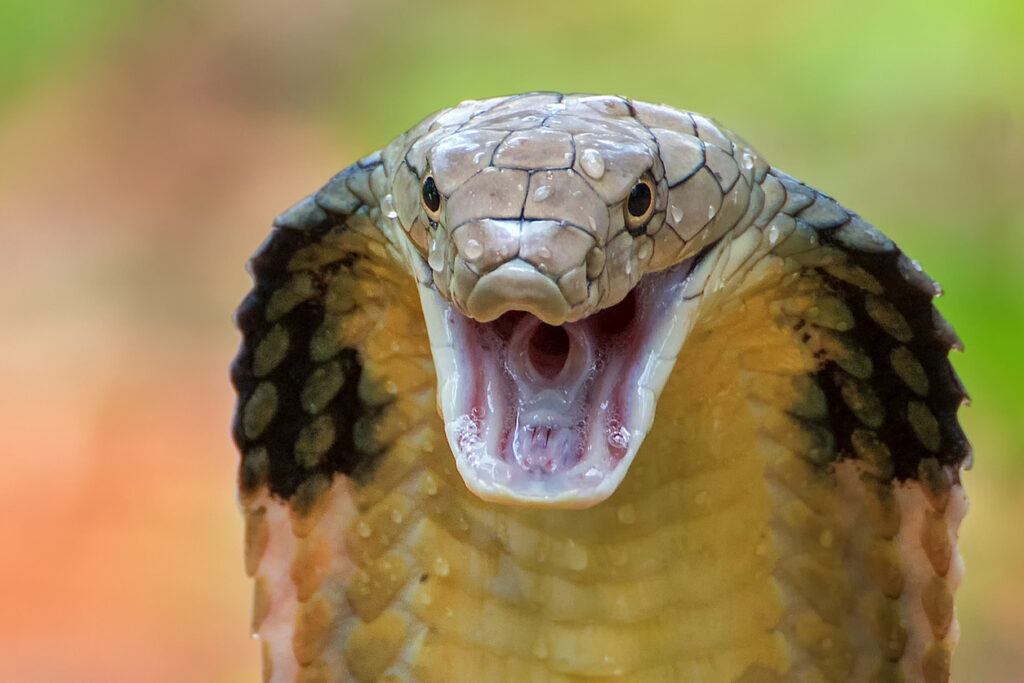
Stretching up to 18 feet, the King Cobra isn’t just a snake—it’s the limousine of the reptile world. It holds the title of being the world’s longest venomous snake, which is as impressive as it sounds. Its length allows it to stand taller than most snakes, literally rising above its competition. Picture this: a King Cobra standing nearly six feet tall, staring a human directly in the eyes. That’s not just intimidating; it’s downright awe-inspiring. But this isn’t a snake that enjoys crowds or chaos. It thrives in peaceful, sprawling forests, preferring dense jungles where it can slither in solitude. Unlike some of its smaller cousins, the King Cobra needs room to flex its regal muscles, slithering gracefully through bamboo thickets and wetlands. Its impressive length also serves as an advantage in hunting and self-defense. While other snakes coil defensively, the King Cobra uses its towering stature to intimidate threats. This isn’t just a snake—it’s a ruler of its domain, a true monarch in the animal kingdom.
2. It’s Got a Hood, and It Knows How to Use It
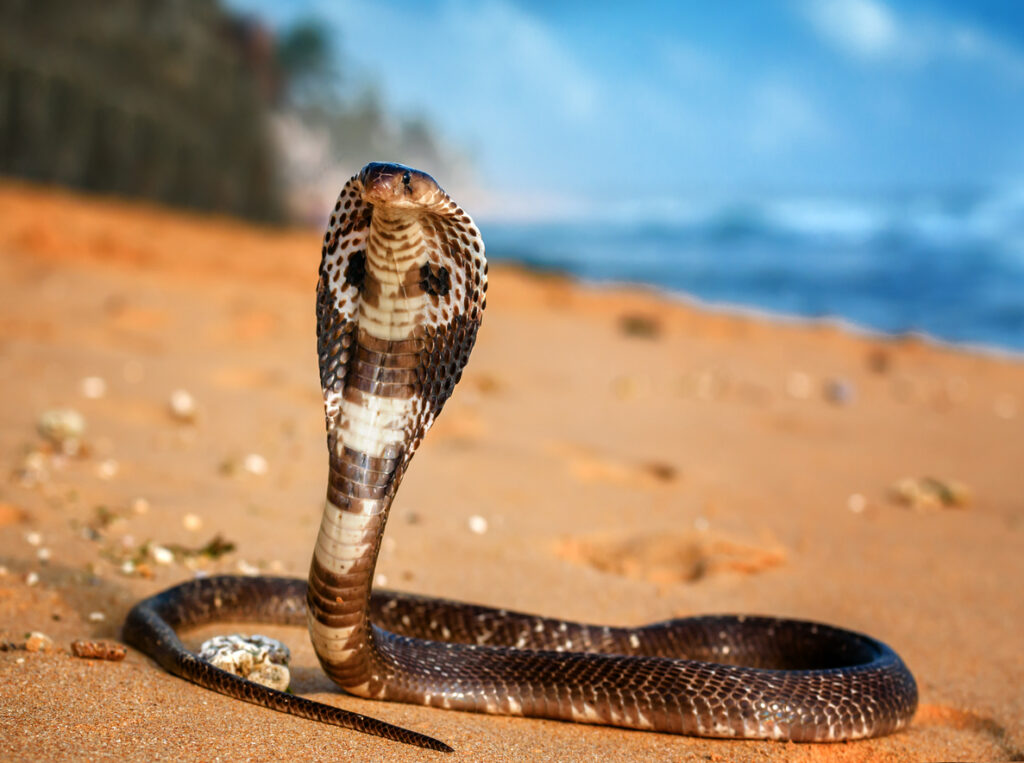
The King Cobra’s hood is its crown, its shield, and its warning system all in one. When this majestic serpent feels threatened, it flares out its hood, making itself look larger and more menacing. This is no casual accessory; it’s a bold statement, like a “Don’t mess with me” sign that no predator can ignore. The hood is formed by elongated ribs that stretch the loose skin of its neck, creating a striking spectacle. The King Cobra doesn’t waste energy on unnecessary battles, so the hood is often enough to send potential threats packing. But the hood isn’t just about intimidation—it’s a display of confidence. It’s as if the snake is saying, “I know my worth, and I’m not afraid to show it.” This visual warning works in tandem with its iconic hiss, amplifying the message. The King Cobra’s hood has even inspired cultural and artistic representations, symbolizing power and authority. You might think of it as a theatrical performer, using flair and drama to captivate its audience. But make no mistake—this isn’t an act. The hood is a real tool in its survival arsenal, one that underscores its royal status.
3. A Snake That Knows Its Way Around a Song
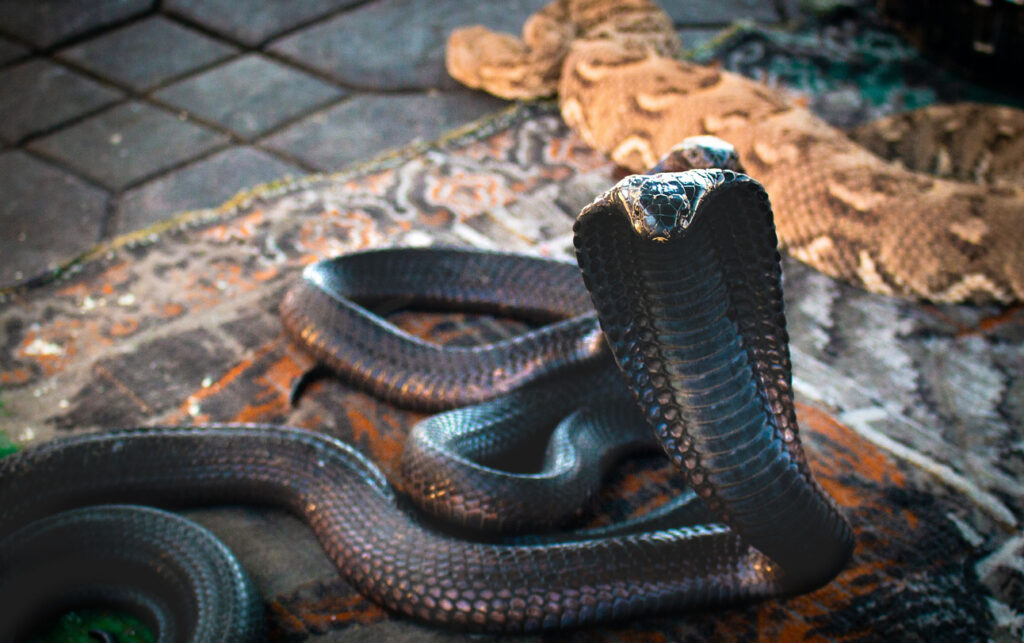
The King Cobra doesn’t just hiss; it produces a sound that could rival a jungle symphony. Unlike the short, sharp hisses of other snakes, the King Cobra’s hiss is a low, growling hum that can echo through the forest. It’s almost like it’s tuned into a deeper frequency, a bass note that makes its presence impossible to ignore. This unique hiss is a warning, but it’s also a testament to its unmatched status in the snake world. Imagine hearing this deep, resonant growl in the wild—it’s a sound that stops you in your tracks. Scientists believe this distinctive hiss is due to the structure of its respiratory system, which allows it to produce such a sustained sound. It’s not just about volume; it’s about depth and authority. The hiss is often accompanied by its raised hood, creating an intimidating duet of sound and sight. While some snakes rely solely on visual cues, the King Cobra uses its voice to amplify its message. This combination makes it a master of communication, sending a clear signal to predators and intruders alike: “I’m the King, and I’m not to be trifled with.” It’s almost as if this snake understands the power of a good soundbite.
4. The King Cobra Has Parenting Skills (Seriously)
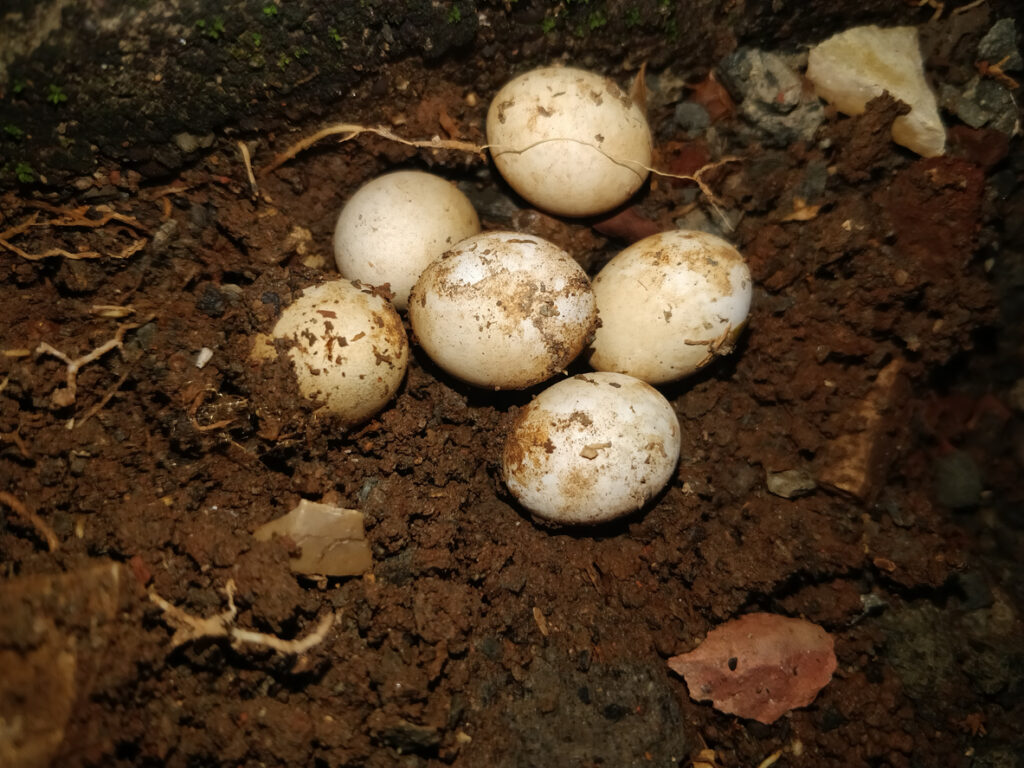
In the snake world, most parents are the “lay and leave” type, but not the King Cobra. This majestic serpent takes parenting seriously, putting many other reptiles to shame. Female King Cobras build nests for their eggs, a rare behavior among snakes. Using their coils and snouts, they create a mound of leaves and debris, carefully arranging the perfect nursery for their offspring. Once the eggs are laid, the mother guards them fiercely, warding off predators and threats with her intimidating presence. It’s as if she’s saying, “Not on my watch.” For weeks, she remains by the nest, sacrificing her own needs for the safety of her young. But here’s where it gets even more impressive: the mother doesn’t abandon her eggs until they’re about to hatch. Once the little ones are ready to emerge, she slithers away, giving them the space they need to start their own lives. This maternal instinct is rare in the reptile world, making the King Cobra a standout parent. It’s a fascinating glimpse into the softer, nurturing side of this otherwise fearsome predator.
5. Its Venom Can Kill, but It’s No Mindless Killer
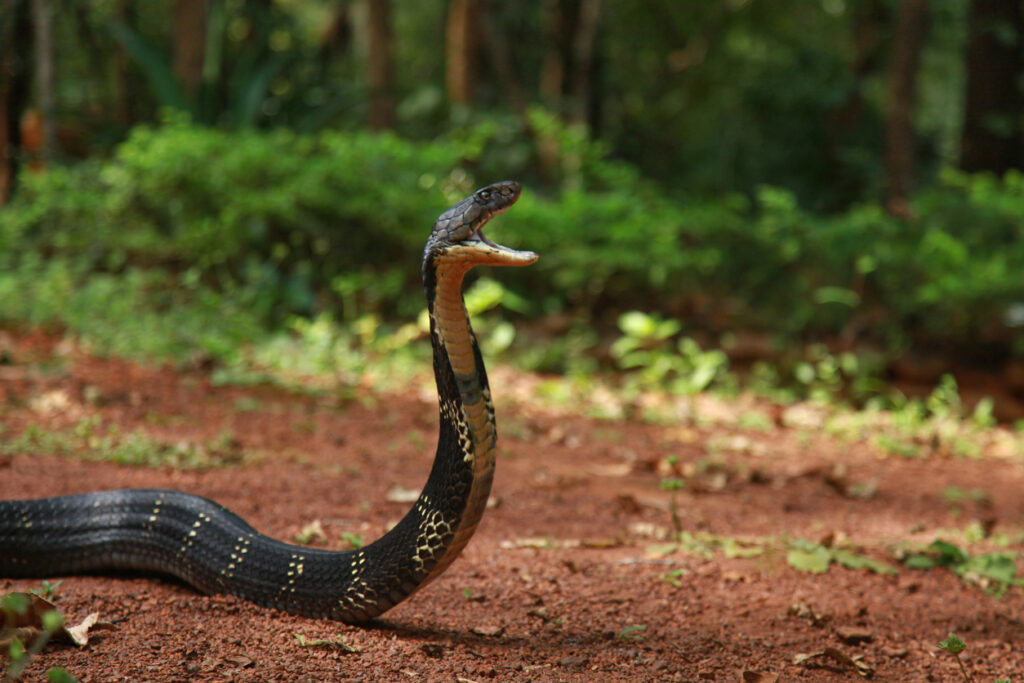
Yes, the King Cobra’s venom is potent enough to bring down an elephant, but this snake isn’t an indiscriminate killer. It’s more of a calculated strategist than a reckless fighter. When the King Cobra encounters a threat, it doesn’t strike immediately. Instead, it assesses the situation, weighing whether it’s worth expending its precious venom. You see, venom isn’t limitless—it takes energy to produce, and the King Cobra doesn’t waste it. This snake is more likely to flee than fight, avoiding confrontation whenever possible. However, when it does strike, its venom packs a punch. It attacks the nervous system, causing paralysis and, in extreme cases, death. But here’s the twist: most King Cobra bites on humans are “dry bites,” meaning they deliver little to no venom. It’s almost as if the snake is giving a warning rather than going all out. This restraint shows just how intelligent and selective the King Cobra is. It’s not about causing harm; it’s about survival and self-defense. So while its venom is fearsome, the King Cobra itself is surprisingly level-headed.
6. It Eats Other Snakes (Because Why Not?)

When it comes to dining, the King Cobra has a taste for the dramatic. Unlike other snakes that settle for rodents, frogs, or birds, the King Cobra’s preferred meal is… other snakes. That’s right—this snake is a true serpentivore, feasting on venomous and non-venomous snakes alike. It’s not picky, either. From kraits to pythons, almost no snake is off the menu. This carnivorous diet gives the King Cobra a reputation as the ultimate snake in the food chain. But it’s not just about hunger—it’s also about competition. By consuming other snakes, the King Cobra reduces rivals in its territory, ensuring its dominance. And when there are no snakes around, it might settle for a lizard or two, but snakes remain its favorite dish. Its ability to eat such large prey is thanks to its incredibly flexible jaw, which can stretch wide enough to swallow meals whole. It’s as if the King Cobra decided to skip appetizers and go straight for the main course. This diet is not only impressive but also reinforces its title as the king of snakes.
7. It Can “Stand Up” and Look You in the Eye
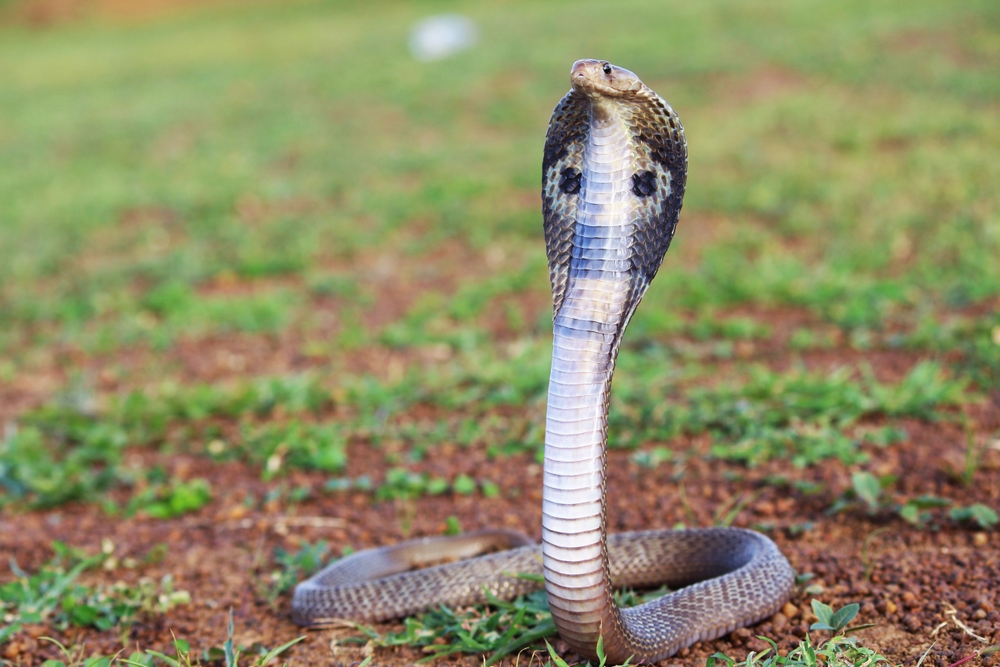
Few animals can pull off a power move like the King Cobra. When feeling threatened, it can raise up to a third of its body off the ground, towering over its opponent. For a snake that can grow up to 18 feet long, that’s a height of about 6 feet—tall enough to look an average adult human straight in the eye. Imagine coming face-to-face with this towering serpent. It’s the ultimate intimidation tactic, making it clear who’s in charge. But the King Cobra doesn’t stop there. It spreads its hood, hisses loudly, and holds its ground, exuding an aura of authority. This ability isn’t just for show—it’s a survival tactic that deters predators and warns potential threats to back off. It’s like the King Cobra is saying, “Think carefully before taking the next step.” This towering stance, combined with its piercing gaze, makes it one of the most formidable creatures in the wild. It’s not just a snake—it’s a force of nature standing its ground.
8. A Snake with a Passport

The King Cobra is a true globetrotter of the snake world, found in diverse regions across South and Southeast Asia. From India’s dense jungles to the rainforests of Indonesia and the Philippines, this snake thrives in a variety of habitats. It prefers areas with lush vegetation, such as bamboo thickets, wetlands, and forests, where it can slither through the underbrush in peace. But the King Cobra isn’t a fan of human activity. It avoids heavily populated areas, preferring the tranquility of the wild. This widespread range is a testament to its adaptability, as it can survive in climates ranging from tropical rainforests to dry woodlands. Its presence across so many countries has also made it a symbol of power and mystery in various cultures. Despite its intimidating reputation, the King Cobra plays a vital role in its ecosystems, keeping snake populations in check. So, wherever it travels, this serpent carries its royal aura, ruling over the wilderness with grace and authority.
9. It’s More Brainy Than You’d Expect

For a creature with no arms, legs, or opposable thumbs, the King Cobra is surprisingly intelligent. Unlike many snakes that act on pure instinct, this regal serpent exhibits calculated behavior, especially when hunting. It doesn’t strike blindly; instead, it watches its prey, waits for the perfect moment, and then acts with precision. This careful planning sets it apart from many of its reptilian cousins. The King Cobra is also known to recognize threats and adapt its behavior accordingly. For instance, it may choose to retreat rather than engage in a confrontation, conserving energy for when it’s truly needed. Its intelligence extends to its parenting skills, as it instinctively knows how to build and protect its nest. This combination of brainpower and brawn makes the King Cobra a formidable force in the animal kingdom. It’s not just reacting to its environment—it’s actively navigating it, proving that snakes are more than just cold-blooded predators.
10. The Myth, the Legend

The King Cobra isn’t just a snake—it’s a cultural icon. Revered in many parts of Asia, this serpent is steeped in myth and legend. In India, it’s associated with deities and is often depicted as a protector of sacred spaces. Temples dedicated to cobras can be found across the country, symbolizing power, immortality, and protection. In folklore, the King Cobra is sometimes seen as a guardian of treasures, adding to its mystical allure. But the legends aren’t just about fear—they also convey respect for the snake’s role in nature. Despite its deadly venom, the King Cobra is seen as a creature of balance, maintaining order in its ecosystem. Its regal status in stories mirrors its dominance in the wild, blending fact and fiction into a fascinating narrative. Even in modern times, the King Cobra remains a symbol of strength and resilience, capturing the imagination of people around the world.
11. It Can Go Months Without Eating
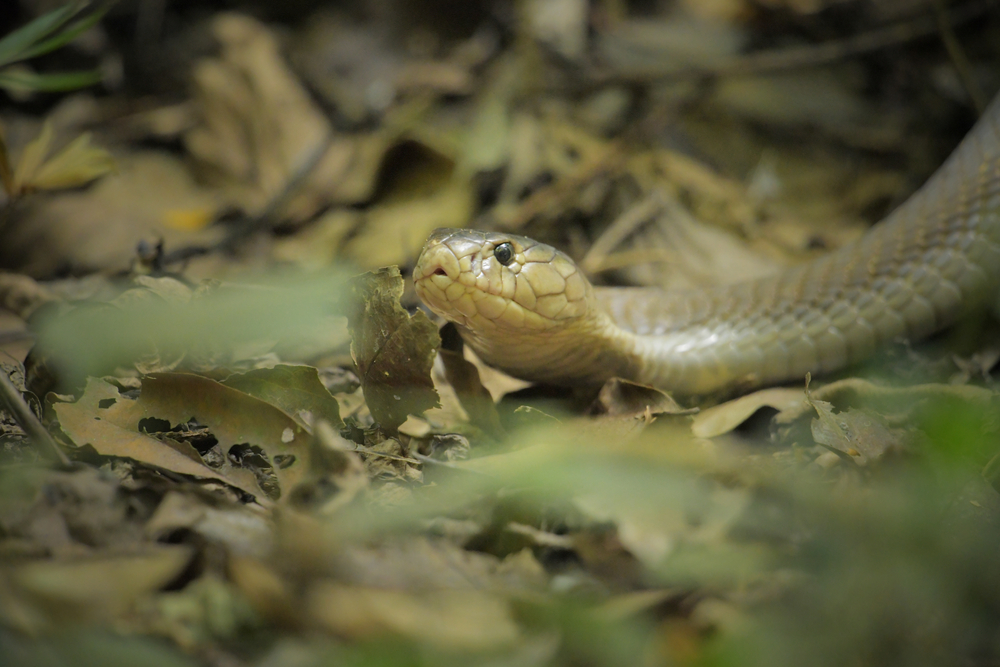
Talk about willpower! The King Cobra has an extraordinary ability to survive for months without a meal. Unlike most animals that need regular food to stay energized, the King Cobra can rely on its slow metabolism to conserve energy. When it does eat, though, it doesn’t mess around. It’s known to swallow prey as large as its own body in one go. This is thanks to its highly flexible jaw and powerful digestive system, which can break down even the largest meals. Imagine eating one huge meal and then fasting for weeks—or even months! This incredible adaptability makes the King Cobra a master of survival, especially in environments where food can be scarce. But when it’s time to hunt, this snake doesn’t waste effort on small snacks. It targets larger prey like other snakes or reptiles, ensuring it gets the most bang for its buck. Its ability to go so long without eating isn’t just impressive—it’s essential for surviving in the wild, where food isn’t always guaranteed. It’s a reminder of how resourceful and resilient this majestic predator truly is.
12. It’s Got a Signature Move: The Venom Spit (But Only Sometimes)
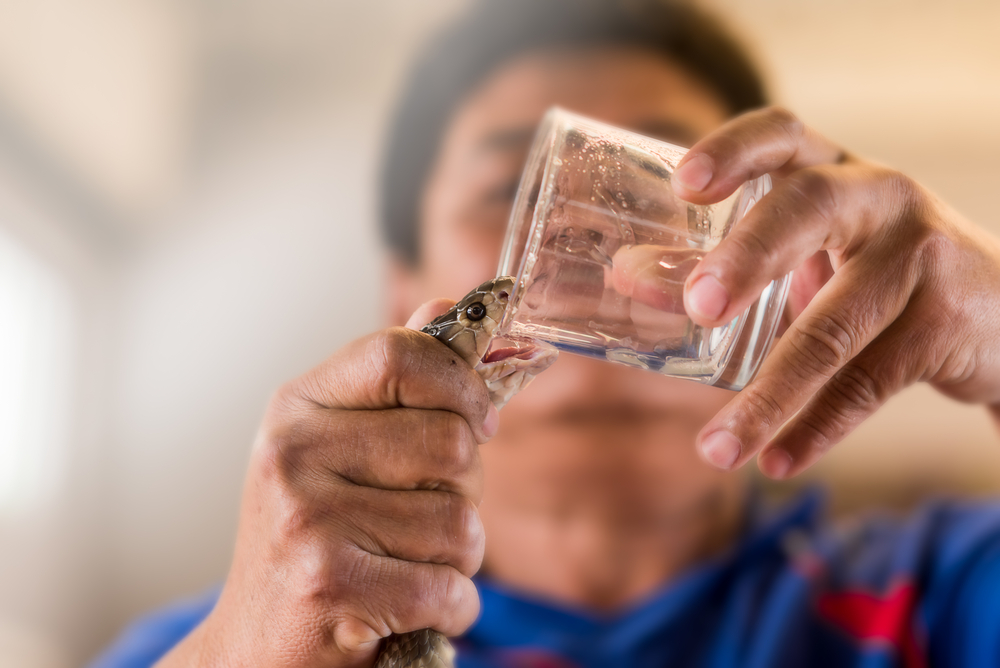
While spitting venom isn’t a regular feature of the King Cobra’s repertoire, it does have impeccable aim when it strikes. Unlike spitting cobras, which spray venom at attackers’ eyes, the King Cobra prefers to deliver its venom directly into its prey with a precise bite. Its venom isn’t just toxic—it’s a complex cocktail designed to incapacitate the nervous system of its victims. The King Cobra’s fangs are shorter than some other venomous snakes, but they’re incredibly effective, delivering a fatal dose in a single strike. And here’s the kicker: the King Cobra doesn’t always inject venom when it bites. It’s capable of delivering “dry bites” as a warning, showing remarkable restraint. This calculated approach makes it a more discerning predator than many of its counterparts. The venom itself is not only powerful but also fast-acting, which is crucial when its preferred prey includes other snakes. While the King Cobra isn’t known for spitting venom like its cousins, its ability to wield venom with precision and control is nothing short of extraordinary.
13. Its Latin Name Means “Snake Eater”
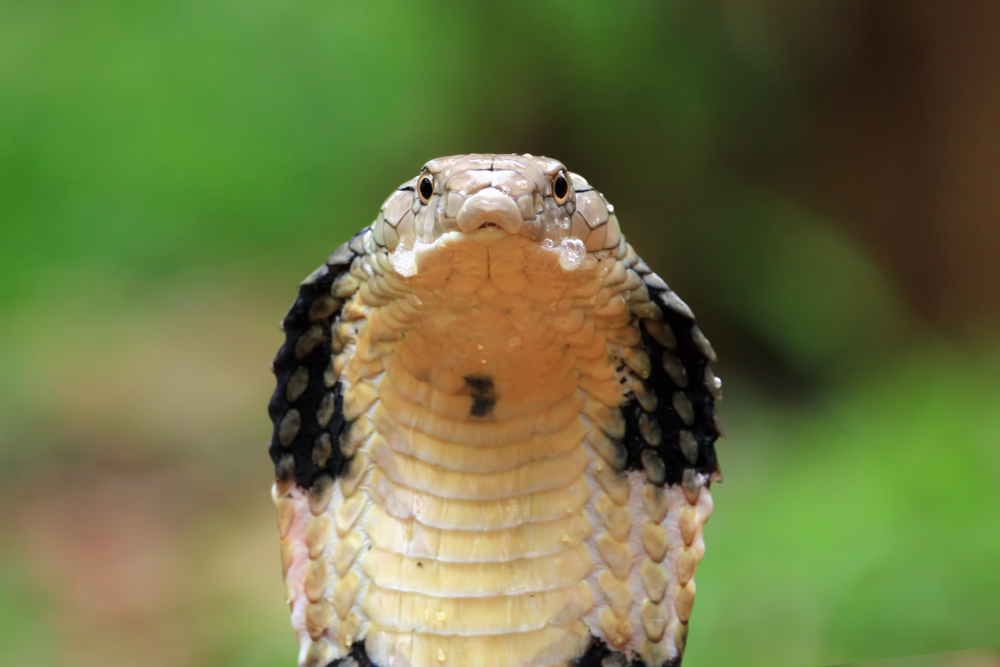
The King Cobra’s scientific name, Ophiophagus hannah, says it all. Translating to “snake eater,” this name perfectly captures its unique diet. Unlike most snakes that stick to small mammals or birds, the King Cobra takes things up a notch by feeding primarily on other snakes. It’s not just about sustenance—it’s a survival strategy. By preying on other snakes, including venomous ones like kraits and vipers, the King Cobra eliminates potential competitors and secures its place at the top of the food chain. Its ability to consume venomous snakes without being harmed is a testament to its resilience and evolutionary edge. But it’s not limited to snakes—when necessary, it will eat lizards or small mammals, though these are more like appetizers in its culinary world. Its Latin name highlights not just its diet but also its dominance in the snake kingdom. This isn’t just a predator—it’s the predator, embodying the ultimate mastery of its environment.
14. Conservation Concerns (Even Kings Need Protecting)
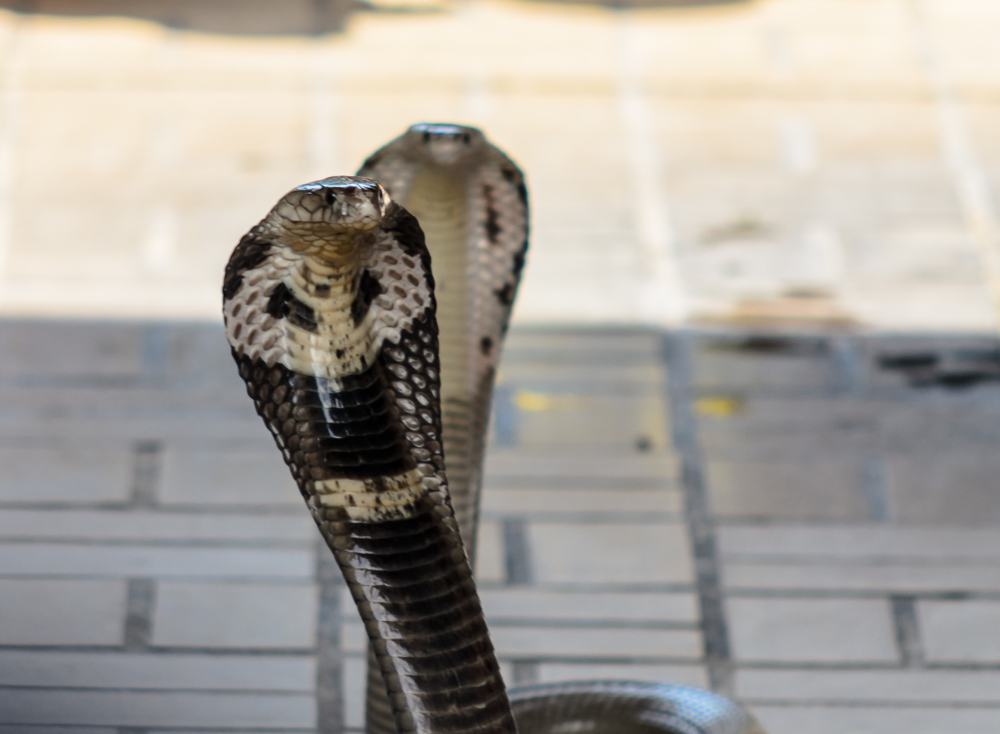
Despite its regal status, the King Cobra faces an uncertain future. Habitat loss due to deforestation and human encroachment is one of the biggest threats to this majestic snake. As forests are cleared for agriculture and development, the King Cobra’s sprawling domain shrinks, leaving it vulnerable. Poaching is another issue, as these snakes are often captured for the illegal pet trade or killed out of fear. But here’s the thing: the King Cobra plays a vital role in its ecosystem. By controlling snake populations, it helps maintain a delicate balance in the food chain. Without it, ecosystems could spiral into chaos. Conservationists are working hard to protect the King Cobra through education, habitat preservation, and anti-poaching initiatives. Sanctuaries and national parks in countries like India and Thailand offer a safe haven for these snakes, but more work is needed. The King Cobra is a reminder that even the most powerful creatures can be vulnerable, and it’s up to us to ensure its reign continues for generations to come.


